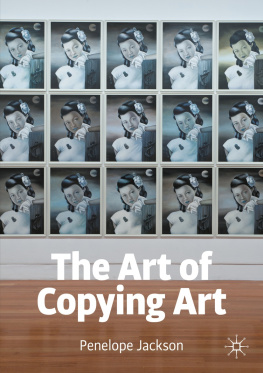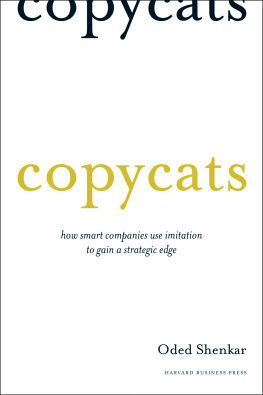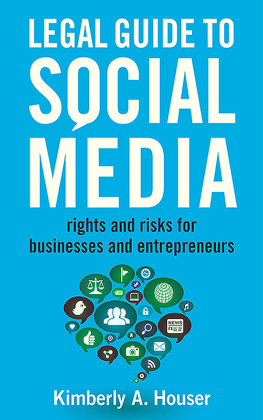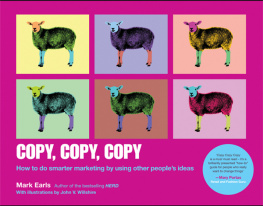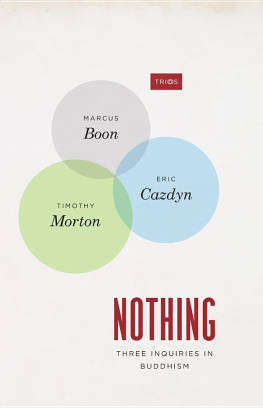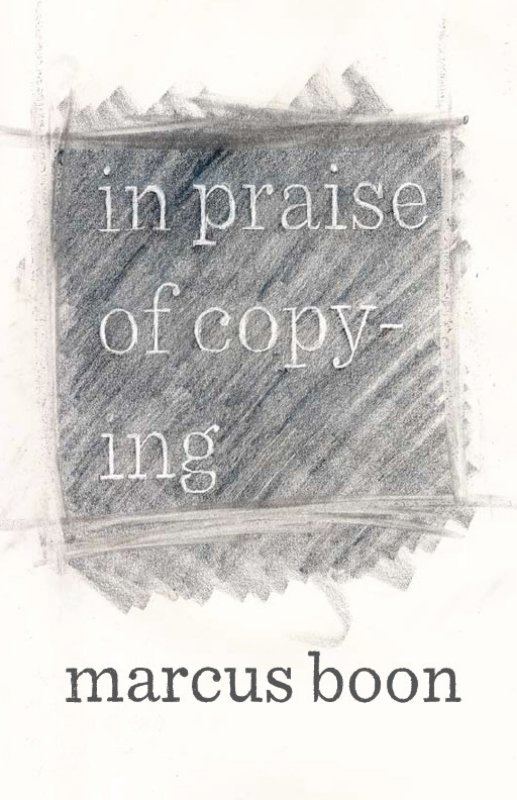
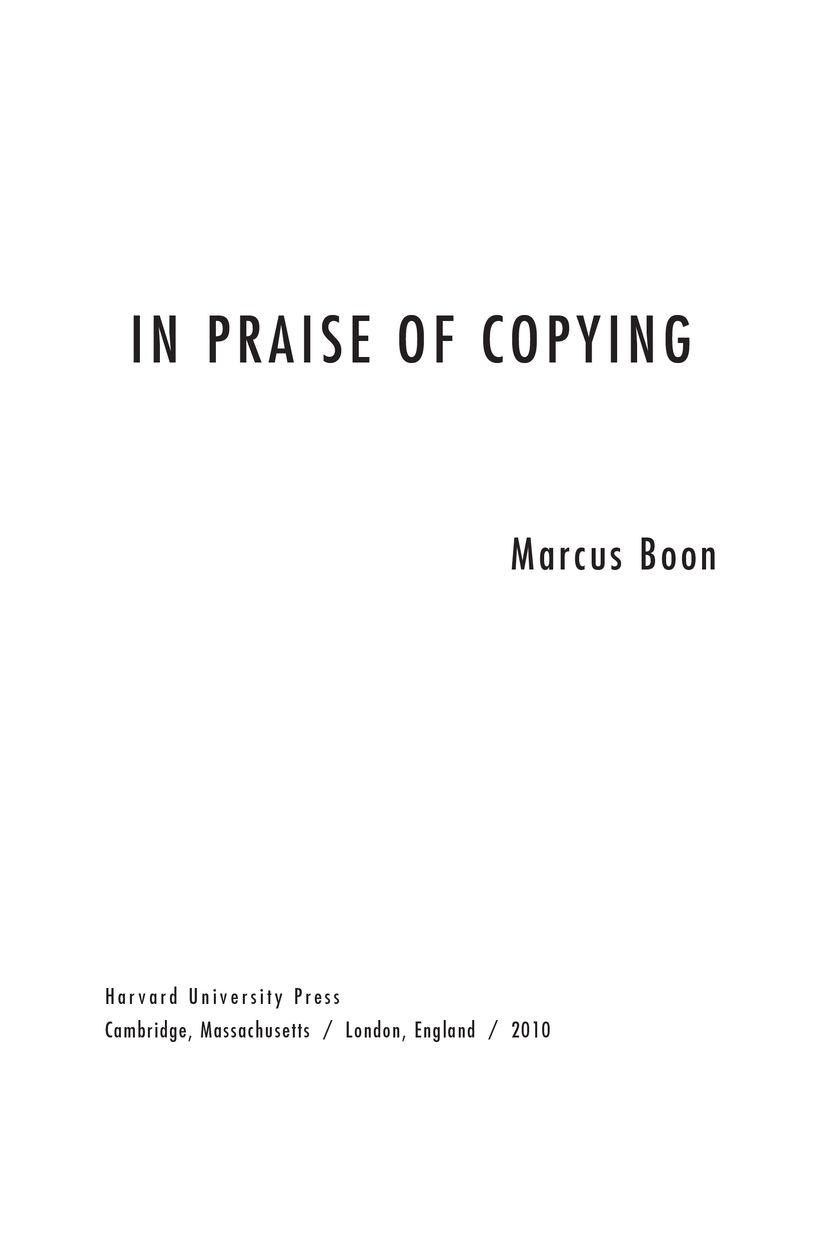
Table of Contents
There are many that I know and they know it. They are all of them repeating and I hear it. I love it and I tell it. I love it and now I will write it. This is now a history of my love of it. I hear it and I love it and I write it. They repeat it. They live it and I see it and I hear it. They live it and I hear it and I see it and I love it and now and always I will write it. There are many kinds of men and women and I know it. They repeat it and I hear it and I love it. This is now a history of the way they do it. This is now a history of the way I love it.
Gertrude Stein, The Making of Americans, 1934
Introduction
The pilgrims line up for miles and miles around the mountain. They have come here from all over the world to this fabled place, at the edge of a swamp. Individuals, couples, families. Some first came when they were children. Now they bring their children. Or their childrens children. Some look anxious, others bored; others are full of gleeful anticipation. My palms are sweatingI dont exactly know why. The line moves slowly and we enter the darkness of a tunnel. Inside I can hear the whirring of machines. As with anything that one is scared of, there is a nervous, almost erotic energy that buzzes through my body. But I feel foolish too, surrounded by children, ordinary folks, who hide their own fear so well, or else mastered it long ago. Finally the tunnel opens up. A black night sky, the whirling of galaxies, costumed security guards. A bullet-shaped car pulls up. Now its our turn to step up, step in, ride the rollercoaster at Disney Worlds Space Mountain.
I first came here in 2005 at the suggestion of my Tibetan Buddhist teacher Khenpo Tsltrim Gyamtso Rinpoche, a seventy-year-old Tibetan lama who lives a nomadic existence traveling from Buddhist center to Buddhist center around the world. One afternoon during a teaching in Toronto, a member of the audience, perhaps exasperated by the elevated tone of Rinpoches philosophical talk, asked how we could really experience the luminous emptiness of all phenomena and of the minddescribed in the Buddhist sutras that Rinpoche quotes from. Go to scary movies, amusement park rides, Rinpoche replied. And when youre frightened, meditate by saying, This is a dream or I died and this is a bardo. Go to Euro Disney, Space Station 2, and youll be thrown into nonconceptual states! We laughed, the way Western students do, enjoying the supposed irony of a Buddhist master talking about state-of-the-art amusement park rides and bringing Disney and Tibet together. But Rinpoche continued: This is a great way to practice Mahmudrwhich is meditation on whatevers happening in your mind. Mahamudra is a very vivid meditation because you look directly at your own mind and relaxthats the supreme meditation. If you meditate in this way, suffering wont be unbearable. When youre up in the dark, flipping around, you dont have much time to think of anything. If you practice like this, youll be able to do it in a moment of great fear. In the modern world it is impossible to avoid dangerous, frightening activity, but if we embrace fear and difficulty and cultivate the meditation of looking directly into its essence, and relax into it, then its not difficult. And if you train now, when you face difficulty, such as death, youll be able to meditate.
So a few months later I got on a plane and headed south. I was prepared for the fakeness, of course, but not so much for the feeling that, in fact, Disney World is like Tibet. Disney Worlds various attractions, like the most famous Tibetan monasteries, cost you a lot of money to visit as a tourist, and are patrolled by undercover security forces making sure that nothing gets out of hand. In Simulations, Jean Baudrillard argues that the Disney theme parks are a fine example of what he calls modelingwhich is to say the production of designed spaces which can be implemented at various places, rather than organically existing in a single place, the way a particular church or town does. Such modeled spaces are obviously constructions, yet they occupy space in the same way that something real or original does. Prefabricated suburban condo villages and shopping malls are a good example of this. Disney, which has created replicas of its theme parks around the world, is another. But the Tibetan monasteries are too. Samye, the oldest monastery in Tibet, for example, was built as a replica of an Indian Buddhist temple called Otantapuri. There are other replicas of this mandala-like structure to be found in other parts of Tibet. Mandalas are patterns, mental frameworks. Just as a Disney theme park is an iteration of a framework, albeit one with a not particularly stellar meaning, the Tibetan monasteries are also hard copies of a mental framework. This principlethat of the modelis apparently one that works exceedingly well.
As I rode the rides at Disney World, attempting to experience the fact that Space Mountain and the mythical Mount Meru of Buddhist scriptures, hegemonic oppressive late capitalism in all its cheesy negativity and the highest meditation practices of the Tibetan Kagyu lineage, are, to use a Buddhist formula, of one taste, I found myself thinking about an apparently very different project that I was working on, relating to imitation in contemporary culture. Wasnt part of the point of this meditation that we are always in some kind of mimetic framework, even in the act of dying, being tossed in the air, or at home asleep? And that one could investigate such a framework? But suppose copying is what makes us humanwhat then? More than that, what if copying, rather than being an aberration or a mistake or a crime, is a fundamental condition or requirement for anything, human or not, to exist at all? If such is the caseand this is what I will argue in the pages that followthen the activities known as copying, the objects known as copies, and those who find themselves making these copies would all need to be revalued. Butis there anything that does not involve copying? And if that is the case, why exactly does copying another persons actions or works make us so uncomfortable? Furthermore, having recognized copying for what it iswhat kind of freedom do we have to transform the imposed mimetic structures that frame us, internally and externally, individually and as societies? For me, a Buddhist meditation on copying implies not assimilation to hegemonic structures, but the insight to see them for what they are and then to change them.
This book grew out of the observation that copying is pervasive in contemporary culture, yet at the same time subject to laws, restrictions, and attitudes that suggest that it is wrong, and shouldnt be happening. On the one hand, many of the most visible aspects of contemporary culturethe art of Takashi Murakami or Elizabeth Peyton, electronic music ranging from hip-hop and techno to dubstep and mashups, BitTorrent and other digital networks of distribution, software tools like Google Earth or Photoshop, social networking sites like Facebook and Twitter, movies like Borat or Slumdog Millionaire (all no doubt hopelessly out of date by the time you read this)rely explicitly on something we call copying. Indeed, many of the most vibrant aspects of contemporary culture indicate an obsession with the act of copying and the production of copies, and it seems that we find real insight into what human beings and the universe are like through thinking about how and what we copy. On the other hand, every time we install a new piece of software, listen to music, or watch a movie, we encounter the world of copyright and intellectual-property law, and the set of restrictions that have been placed around our access to and use of objects, processes, and ideas produced by the act of copying. Simultaneously, as our ability to make copies expands at both the macro (geophysics and the manipulation of global weather systems) and micro (nanotechnology and the fabrication and replication of matter from the atom up) levels, these same laws are used by corporations to appropriate, copy, and sell increasingly large parts of what was once the public domain.
Next page

